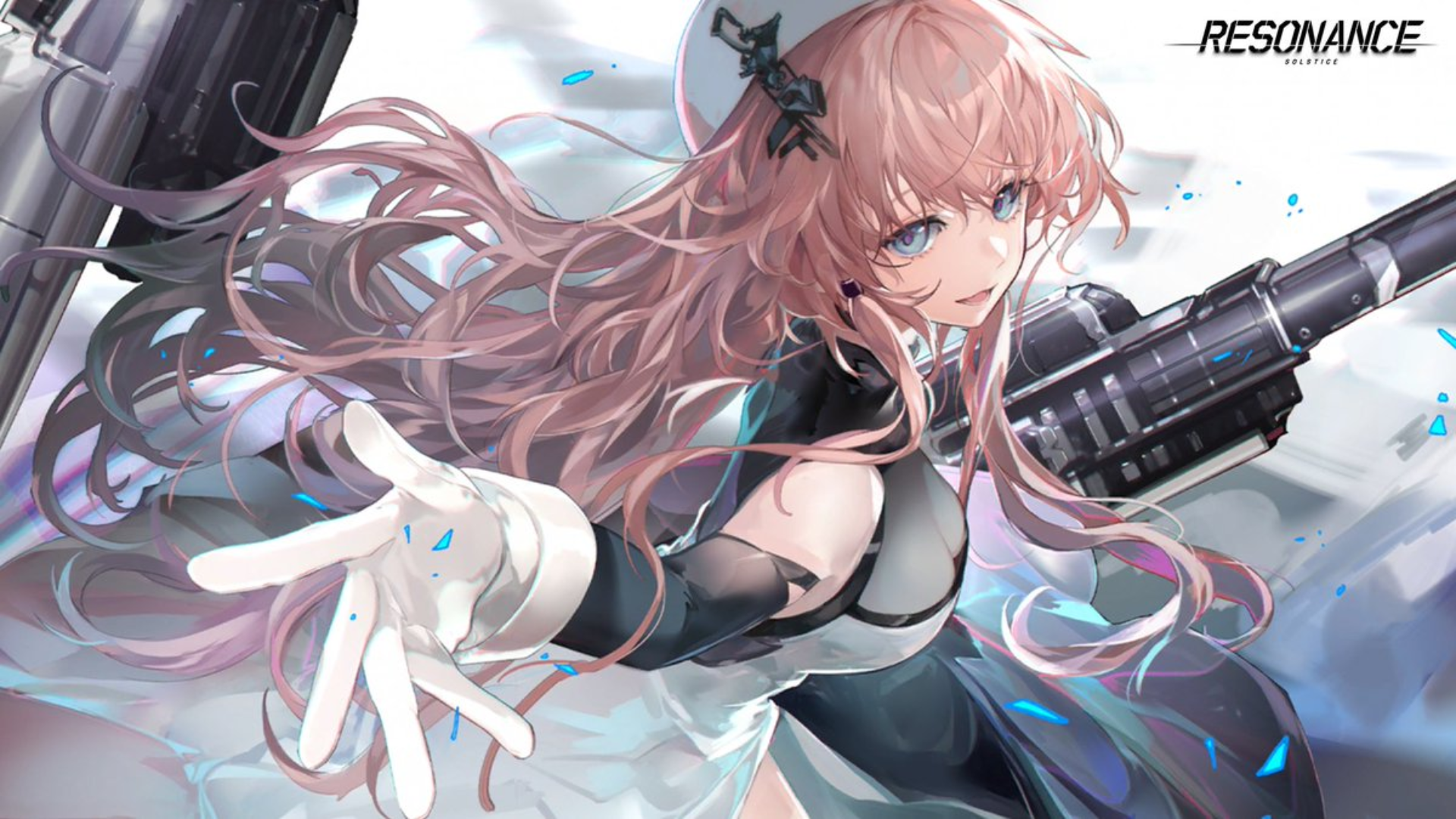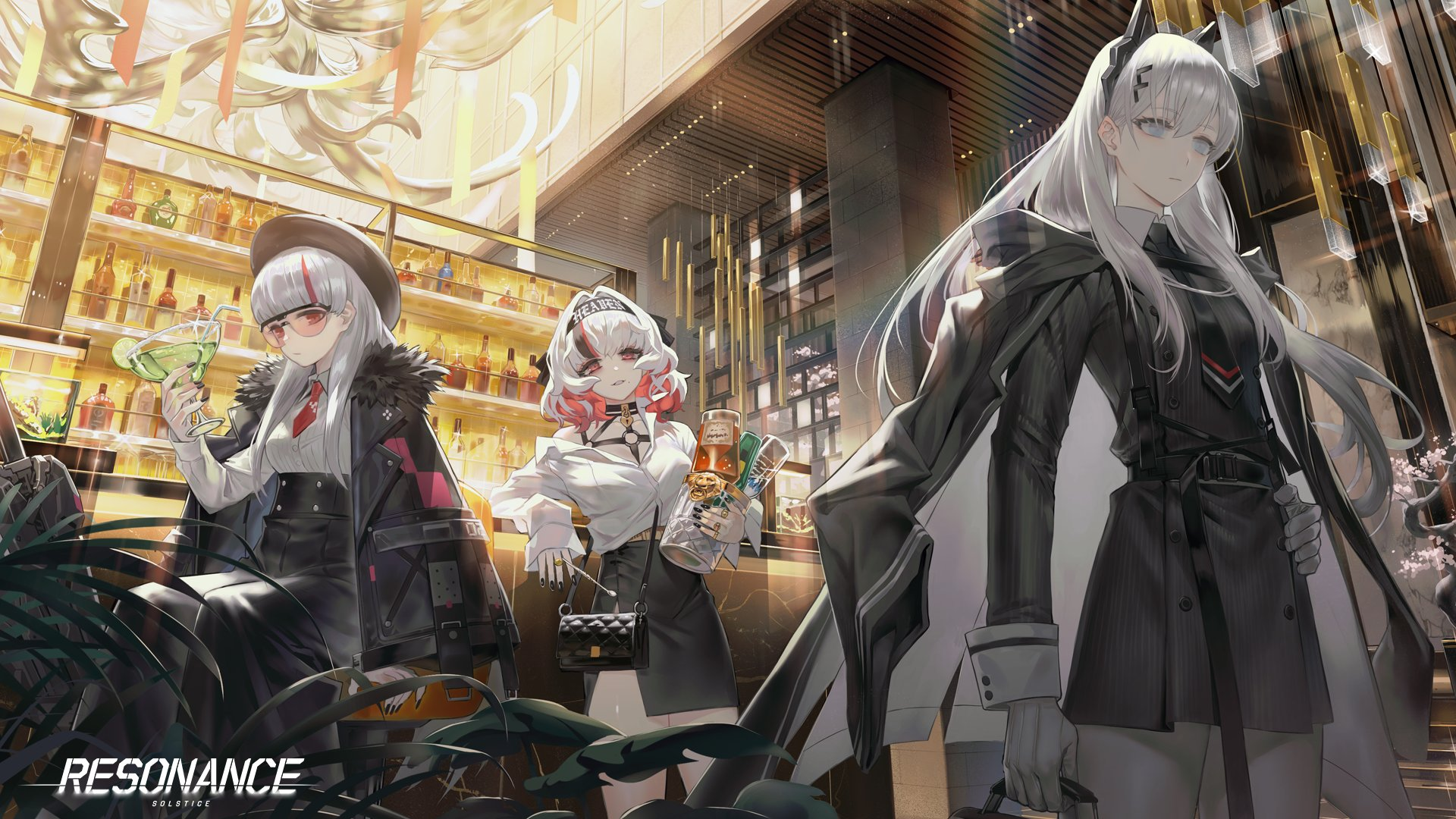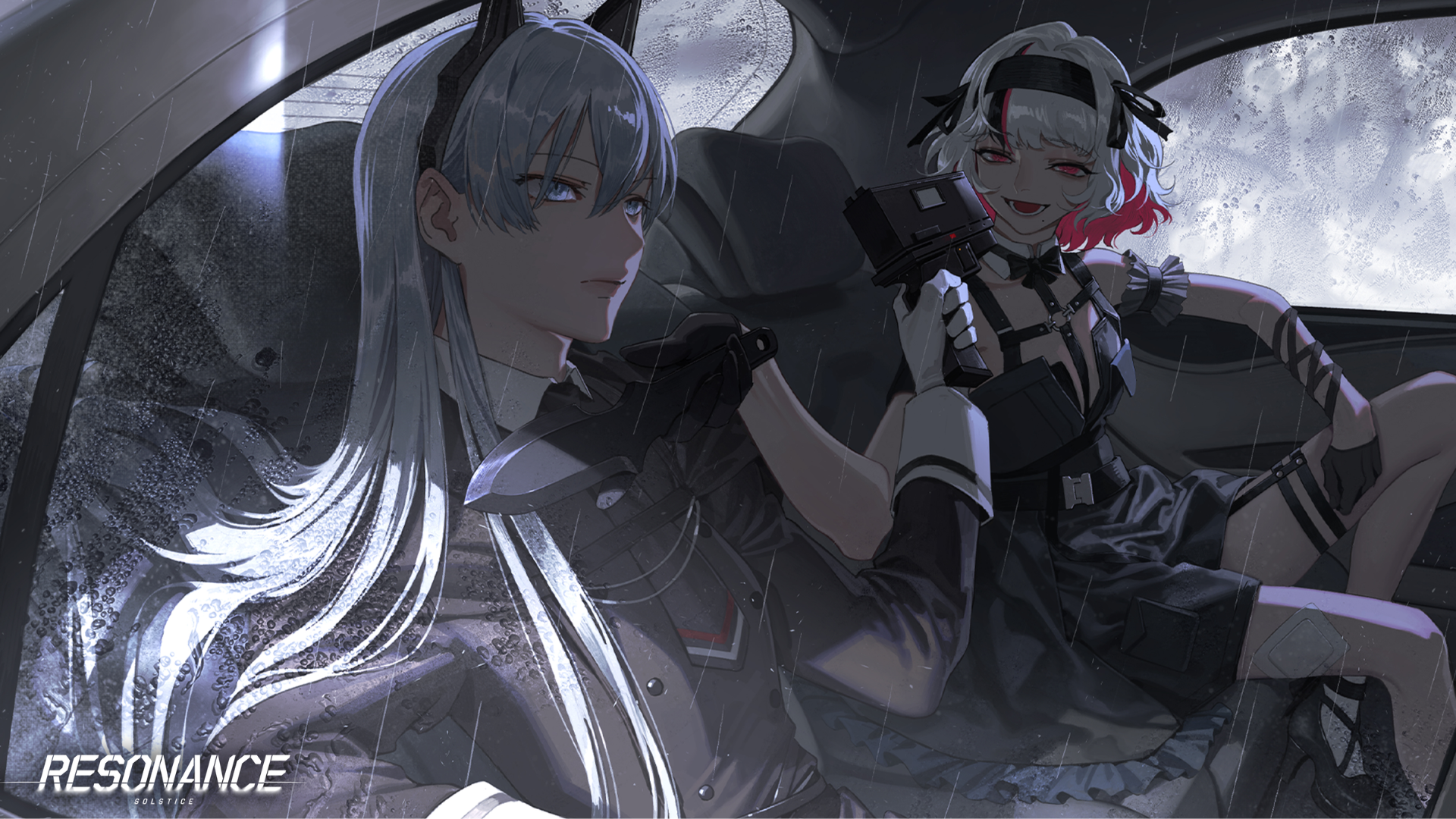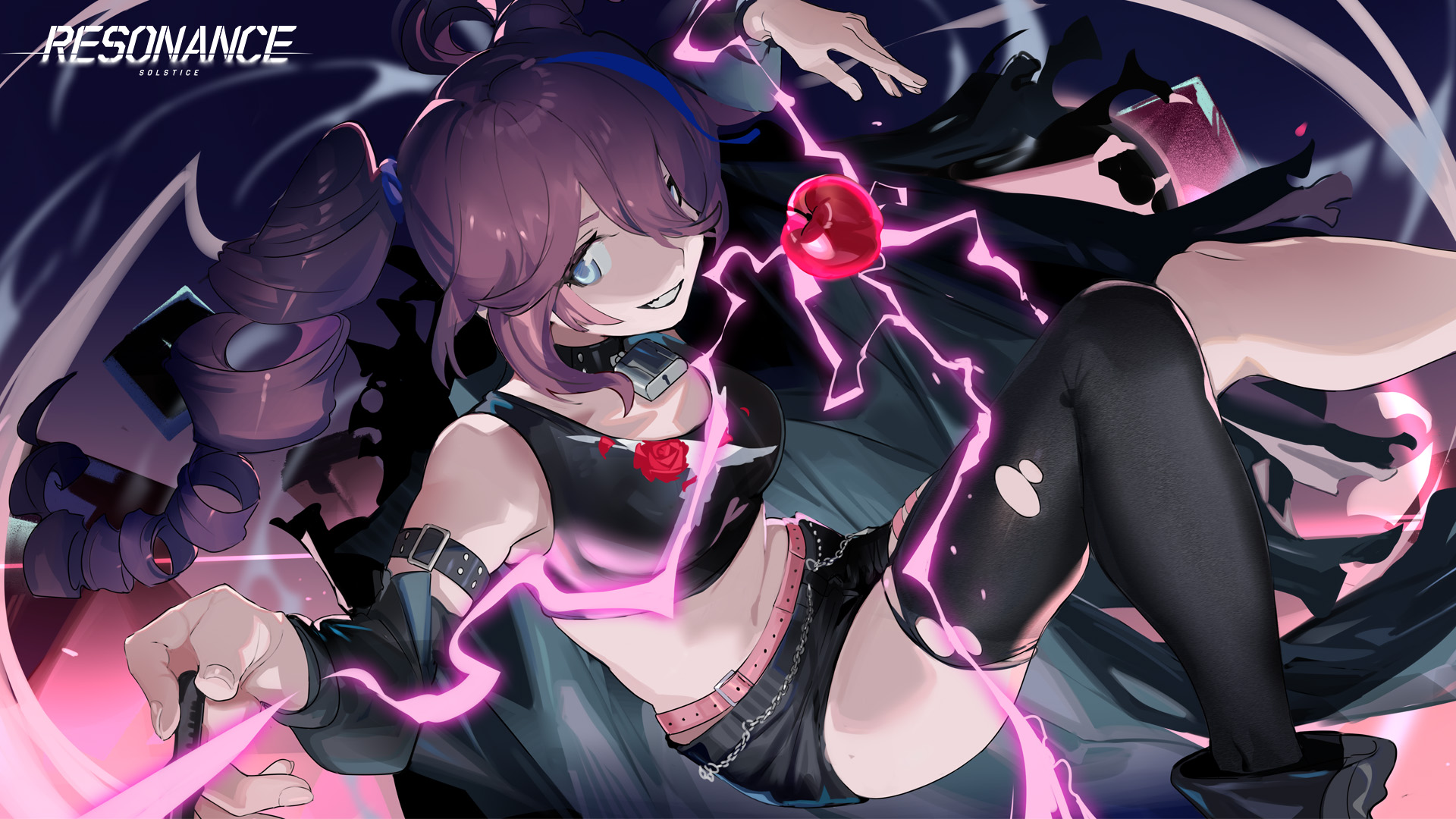Resonance Solstice Leadership Skills and Team Synergy Guide
Leadership skills and team synergy form the strategic foundation of combat mastery in Resonance Solstice, where choosing the right leader and coordinating role synergies determines whether your deck flows smoothly through battles or struggles with energy inefficiency and poor card cycling. Unlike traditional RPGs where leadership is merely cosmetic, Resonance Solstice transforms your leader’s ultimate into a unique skill that activates without energy costs under specific conditions, fundamentally shaping your team’s playstyle and combat effectiveness. This comprehensive guide explains leader skill mechanics, activation conditions, optimal team synergies, meta composition strategies, and advanced coordination tactics that elevate moderate rosters into unstoppable formations.
Understanding Leader Skill Mechanics
Every Resonance Solstice team consists of five characters with one designated as the leader. The leader’s ultimate skill transforms into a special Leader Skill that activates under specific trigger conditions without consuming energy points, unlike regular skills that require energy resource expenditure.
Non-leader ultimates convert into general cards within your battle deck, requiring energy points to activate during combat. This unique mechanic makes leader selection a cornerstone of strategic planning, as the leader skill shapes your team’s pacing, offensive pressure, and defensive stability throughout encounters.
Leader Skill Activation Conditions
Each leader skill features specific activation triggers that must be satisfied before the skill executes. Common trigger types include:
Strategic Importance: Ensure your deck composition and playstyle reliably meet trigger conditions to maximize leader skill uptime. A leader with a 10-card draw requirement needs strong card generation support from units like Nayuta or Valentine who enable consistent triggering.
Core Team Roles and Synergy Framework
Effective teams in Resonance Solstice balance four major roles that cover all stages of battle flow:
Role Definitions and Key Units
An optimal five-character lineup balances these roles through the formula: 2 DPS + 1 Tank + 1 Healer + 1 Support. Missing any single role often results in poor deck flow, inadequate survivability, or insufficient damage output.
Card Color Synergy System
Beyond role distribution, teams that chain matching card colors unlock powerful bonuses:
Red + Yellow Combinations: Unlock attack bonuses and offensive multipliers. Ideal for aggressive burst-focused teams.
Green + Blue Combinations: Trigger combo heals and defensive barrier buffs. Essential for sustain-oriented compositions.
Multi-Color Chains: Advanced players coordinate 3+ color sequences for maximum resonance effects. Requires precise timing and deck knowledge.
Energy Economy and Support Linking
Buffers like Nayuta generate free 0-cost cards, allowing DPS units to act more frequently without energy strain. This support role linking creates energy-positive cycles where your team generates more resources than it consumes, enabling infinite combo rotations in optimized decks.
Leader Selection Strategies by Playstyle
Your leader determines team rhythm and combat pacing. Optimal leader choice depends on your preferred combat approach and team composition strengths.
Aggressive Offensive Leaders
Ilona (SSR Attacker)
- Leader Skill: Boosts damage for multi-hit resonance chains while providing immunity after consecutive strikes
- Best For: Quick-clear combat modes and bosses with low debuff resistance
- Activation: Triggers from combo chains
- Team Synergy: Pairs with Rina Von (buffer) and Shizuru (speed booster) for relentless offensive pressure
Katas (SSR DPS)
- Leader Skill: Deals 5× damage to enemies within specific range
- Best For: Boss encounters requiring focused burst damage
- Activation: Damage threshold-based triggering
- Team Synergy: Combines with Ilona (secondary DPS) and Caroline (energy recovery) for sustained boss damage
Maruha (SSR Attacker)
- Leader Skill: Activates Resonant Flare that increases ATK per chain hit, becoming immune after 5 consecutive strikes
- Best For: Balanced offensive play with defensive failsafes
- Activation: Combo-based with built-in protection
- Team Synergy: Works with Yejue (card draw) and Stella (resonance synergy) for consistent chain building
Defensive Sustain Leaders
Joshua (SSR Tank)
- Leader Skill: Creates barrier shields and reduces incoming damage
- Best For: Endurance stages and Morphic corruption modes requiring attrition warfare
- Activation: Survival time or hit count thresholds
- Team Synergy: Pairs with Suen (healer) for layered defense, Ilona (sub-carry), and Fran (hybrid support)
Tennie (SSR Tank)
- Leader Skill: Freezes all enemies, deals area damage, and stuns targets briefly
- Best For: Crowd control-heavy encounters and beginner-friendly compositions
- Activation: Cooldown-based with card keyword acceleration (frozen effects reduce cooldown by 5 seconds per use)
- Team Synergy: Enables lightning-focused teams with Fenia (lightning DPS) and provides space for healers like Yer
Hybrid Flexibility Leaders
Nayuta (SSR Support)
- Leader Skill: Shuffles hand and draws 3 new cards, generating 0-cost tank/damage/heal cards based on deck state
- Best For: Infinite circulation decks (Mu-sun Deck) and energy-economy focused strategies
- Activation: Requires 10-card draw threshold
- Team Synergy: Cornerstone of balanced all-rounder teams with Maruha (DPS), Joshua (tank), Suen (healer), and Ilona (secondary DPS)
- Advanced Strategy: With proper deck building, Nayuta enables infinite ultimate cycling by continuously meeting her 10-card condition
Suen (SSR Healer)
- Leader Skill: Increases fatigue and clarity limits, enabling extended battles without resource depletion
- Best For: Marathon encounters and tricky utility-focused compositions
- Activation: Duration or card play thresholds
- Team Synergy: Provides healing, bindings, and Dark Arts generation with versatile utility support
Meta Team Compositions for 2025
Based on analysis from LootandWaifus and competitive play data, these compositions dominate current endgame content:
1. Balanced All-Rounder Team
Leader: Nayuta
Team: Joshua (Tank) + Suen (Healer) + Maruha (DPS) + Ilona (Secondary DPS)
This composition combines stable damage output with excellent sustain and energy recovery. Nayuta generates free resonance cards through her leader ability, sustaining energy flow while Joshua shields and Suen heals through high-pressure phases.
Strengths: Universal viability across all content types, self-sustaining energy economy, excellent for beginners learning mechanics.
Weaknesses: Lacks specialized burst for speed-clearing timed content.
2. Aggressive Burst Team
Leader: Ilona
Team: Maruha (Offense) + Rina Von (Buffer) + Shizuru (Speed Boost) + Tennie (Tank)
Designed for quick-clear combat modes and bosses with low debuff resistance. Ilona boosts damage for multi-hit resonance chains while Rina Von amplifies output with attack modifiers. Speed buffs from Shizuru ensure continuous resonance chains, ideal for timed missions.
Strengths: Highest burst DPS ceiling, dominates timed challenges, fast farming efficiency.
Weaknesses: Vulnerable to crowd control-heavy stages, requires precise timing execution.
3. Defensive Sustain Team
Leader: Joshua
Team: Suen (Healer) + Wensheng (Utility DPS) + Ilona (Sub Carry) + Fran (Hybrid Support)
Engineered for endurance stages and Morphic corruption modes where attrition decides victory. Joshua’s barrier skill pairs with Suen’s steady regeneration to withstand extended fights.
Strengths: Survives marathon encounters, reduces Morphic damage, consistent defensive uptime.
Weaknesses: Energy-dependent with slow pacing, struggles against DPS checks.
4. Energy-Cycle Combo Deck (Infinite Deck)
Leader: Nayuta
Team: Yer (Burst DPS) + Stella (Resonance Synergy) + Rina Von (Card Buffer) + Suen (Support)
Built to sustain infinite combo rotations through perpetual 0-cost skill cycling. Nayuta’s unique ultimate provides continuous card generation when the team maintains 10+ card draws per turn.
Strengths: Highest skill ceiling, theoretically infinite damage potential, dominates when piloted correctly.
Weaknesses: Demands manual timing expertise, struggles during setup phase, vulnerable to disruption.
5. Beginner-Friendly Lightning Team
Leader: Tennie
Team: Fenia (Lightning DPS) + Nabi (Chain DPS) + Valentine (Igniter Support) + Yer (Healer)
Uses mostly lower-rarity characters accessible early in progression. Tennie provides crowd control through freezing while Fenia and Nabi deliver consistent lightning and chain damage.
Strengths: Budget-friendly, easy to assemble, effective for early-to-mid game content.
Weaknesses: Lower power ceiling than SSR-heavy teams, falls off in late endgame.
6. Boss Killer Composition
Leader: Katas
Team: Ilona (Crit DPS) + Tennie (Tank) + Caroline (Energy Support) + Suen (Healer/Binder)
Specialized for high-HP boss encounters requiring focused burst damage. Katas’ 5× damage leader skill combined with Ilona’s critical strikes rapidly depletes boss HP bars.
Strengths: Maximum single-target burst, excels in boss rush modes, bindings from Suen enable safe DPS windows.
Weaknesses: Overkill against regular enemies, energy-intensive requiring Caroline’s recovery support.
Advanced Team Synergy Principles
Beyond basic role coverage, elite compositions leverage deeper mechanical interactions.
Resonance Card Chaining
Teams that coordinate card colors unlock exponential power. Early game teams should focus on:
Lightning Teams: Combine electric-element characters for chain damage amplification.
Burn Teams: Stack fire-element units to maximize damage-over-time effects.
Freeze Teams: Coordinate ice-element heroes for crowd control lockdown.
Energy Generation Loops
Optimal teams create positive energy feedback cycles:
- Support units generate 0-cost cards
- DPS units consume cards to deal damage
- Card play triggers leader skills without energy cost
- Leader skills generate additional cards/energy
- Cycle repeats indefinitely
Leader Skill Cooldown Optimization
Leaders with cooldown-based activation can have cooldowns reduced through keyword-triggered effects. Tennie’s 30-second cooldown decreases by 5 seconds each time [frozen] keyword cards are used, enabling more frequent crowd control.
Practical Team Optimization Tips
Maximize team performance through these strategic refinements:
Maintain Role Balance: Never field more than two pure DPS units without a Healer or Buffer. Excessive offense creates glass cannon teams that collapse under pressure.
Upgrade Resonance Cards: Higher-level cards boost activation bonuses and enable continuous combos. Prioritize upgrading cards for your leader and primary DPS first.
Adjust Deck for Battle Type: Energy-burning stages favor quick decks with low-cost cards; endurance events prefer sustain-heavy builds with healing emphasis.
Synchronize Leader Skill Conditions: Choose activation triggers that naturally align with your playstyle. Aggressive players benefit from damage-based triggers, defensive players from survival thresholds.
Test in Practice Combat: Try different lineups during simulation events before committing expensive upgrade resources.
Effective team-building in Resonance Solstice hinges on harmony between leader mechanics, role distribution, and card synergy. While top SSRs like Ilona, Nayuta, and Joshua lead current meta rosters, even lower-rarity units contribute meaningfully through perfect resonance timing and leader skill coordination. Master these synergy principles to transform moderate collections into dominant formations capable of conquering the most challenging endgame content.



